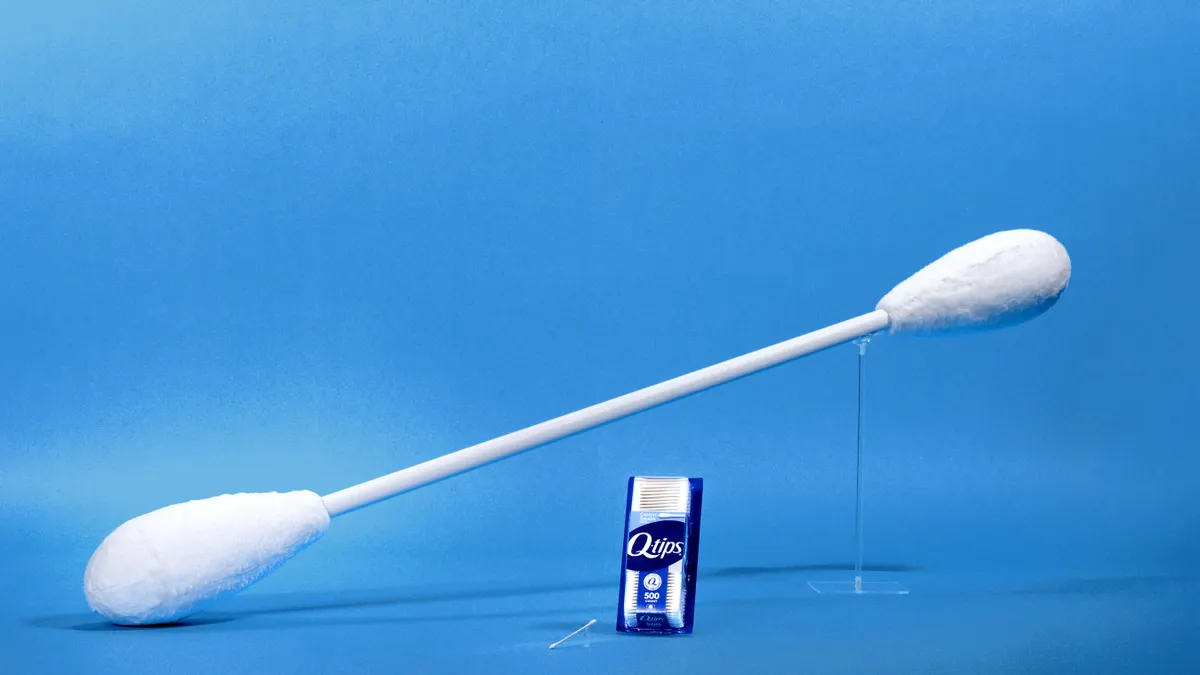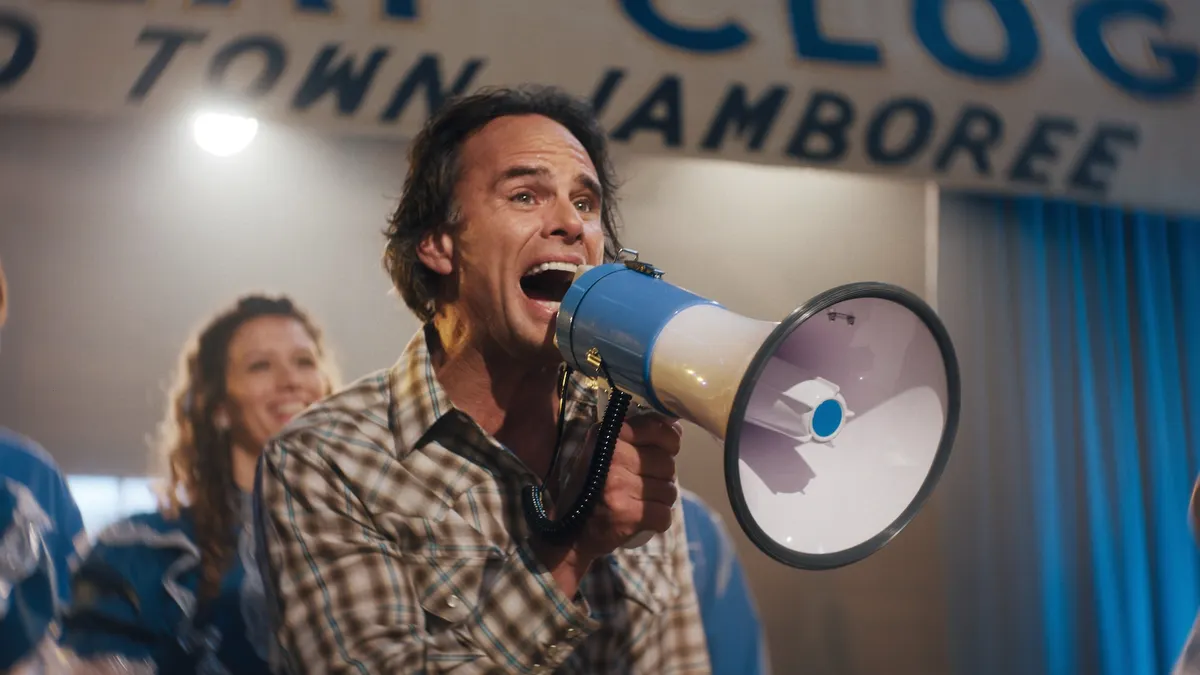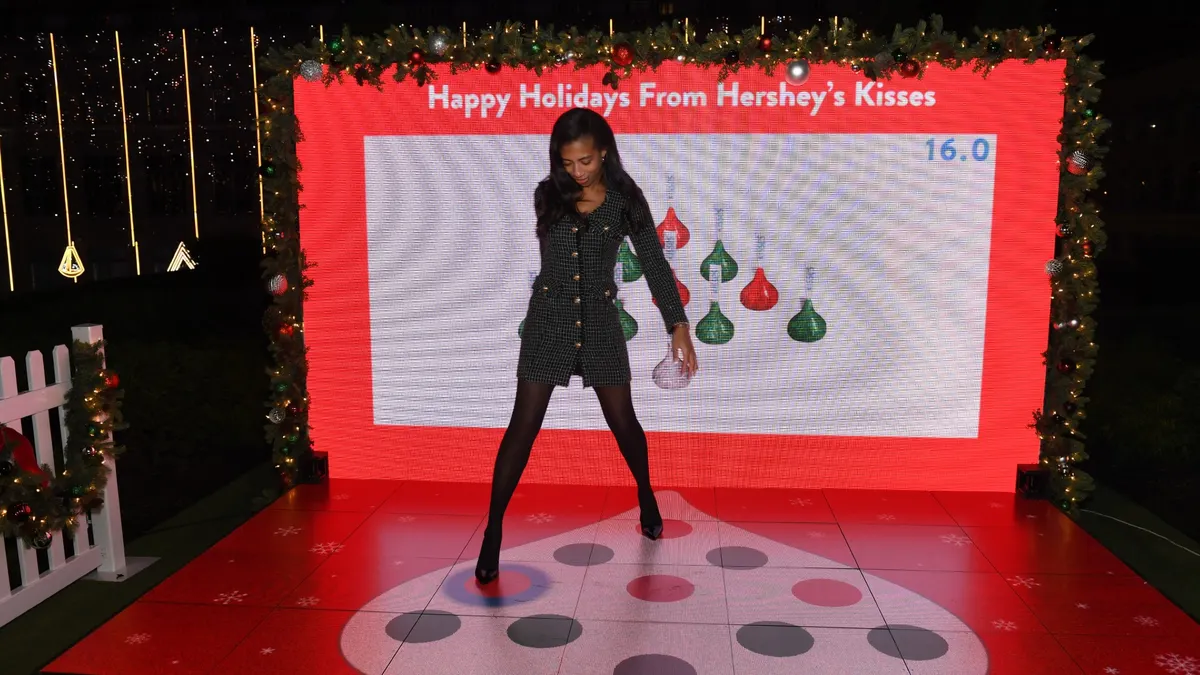Forrester Analyst Nate Elliott recently published an open letter to Facebook founder and CEO Mark Zuckerburg following the publication of a scathing new report. The respected market research group had surveyed marketers about their experiences using different online mediums for marketing, and Facebook—which has the largest audience in online media history—didn’t fare well.
Those polled were asked at one point—on a scale of 1 to 5, and taking guidance, education, service and support into consideration—how satisfied they were with various sites as marketing partners. Facebook trailed Google, LinkedIn and Yahoo, but still topped Twitter and MSN.
Regardless, the report took on an unusually harsh tone, going so far as to say, “Don’t dedicate a paid ad budget for Facebook.” Questions have arisen in regard to the negativity and strong statements coming from Forrester for a survey that questioned only 395 marketers in the U.S, U.K. and Canada. Some are calling the report and open letter a marketing stunt itself, meant to bring attention to Forrester. While other social media sites and other online avenues outranked Facebook, it still scored an average of 3.52 compared to Google's slightly better 3.84.
So what do each of these companies really have to offer marketers? Below, we've listed what they bring to the table, as well as their average satisfaction scores from the survey.
1. GOOGLE
Rating: 3.84 out of 5

Google has control over a large portion of the Web's most popular destinations, including its most used search engine, YouTube and Google+. Naturally, it's an attractive marketing and advertising tool right off the bat.
In addition to having a huge audience, Google is constantly innovating its search algorithm and developing new advertising options for marketers. Recently, it backtracked on a previous statement and announced it would offer banner ads. In a 2005 blog post, former Google VP of Search Products & User Experience Marissa Mayer (now CEO of Yahoo) wrote, “There will be no banner ads on the Google homepage or web search results pages. There will not be crazy, flashy, graphical doodads flying and popping up all over the Google site. Ever.” Now that banner ads are an option, several big name brands have already signed up, including Best Buy, Delta, Home Depot and Southwest Airlines. The catch here is that the ads will (for now) appear in branded searches only, so searching Southwest Airlines, for example, might give you a Southwest Airlines ad
The integration of Google+ into search results also makes it a viable option for many marketers. If your organization has a Google+ account, a little box will appear on the right hand side of the search results with information about your organization and the option to “follow.” This box also pulls up information from Wikipedia and other web sources.
2. LINKEDIN
Rating: 3.81 out of 5

LinkedIn may not be the first avenue that marketers think of, but the professional networking site is now a top ranking platform—especially for B2B marketers. In the past few years, the site has undergone an overhaul, adding new features like Company Pages, Sponsored Updates and analytics to track it all.
The Sponsored Updates feature has been most attractive to marketers, as it allows them to reach LinkedIn members outside of their network by appearing in the newsfeed section. The Sponsored Updates on LinkedIn mimic Sponsored Posts on Facebook and target specific audiences. According to research from LinkedIn, members are 50% more likely to purchase from a company after they have interacted with it on the platform.
3. YAHOO
Rating: 3.54 out of 5

Of the company’s listed here, Yahoo has undergone the biggest transformation in recent years. Notable changes include the addition of Marissa Mayer as CEO and a slew of acquisitions—the most notable being social blogging site Tumblr. The company’s focus has been both on growing viewership and creating attractive ad options for marketers, and it has seen success for the past three months in securing the number one spot for U.S. traffic.
Yahoo is also dipped a toe into native advertising, but that move hasn’t been as well-received. So far, no big brands have bought into what Yahoo's version of “native ads,” which some marketers have called glorified in-stream ads.
What Yahoo has been successful at, though, is moving ad tech and programmatic buying forward by forming a partnership with AOL and Microsoft that is set to develop industry standards for the practice. The companies insist the industry should have a common technological standard for the practice, which they believe is going to explode.
4. FACEBOOK
Rating: 3.52 out of 5

The Forrester report’s target of criticism, Facebook, may fall short on expectations for marketers, but it’s not from lack of trying. The social giant has continually been adding to and reinventing advertising options.
Last summer, Facebook opened up its Facebook Exchange, or FBX, to begin selling re-targeted ads. Since then, business has boomed as the exchanged added big names one after another. Less than a month ago, Facebook finally convinced longtime ad rival Google to join the exchange, putting to rest any doubts many marketers still had. FBX has become such a model that it has some industry experts predicting the exchange will lead to the scaling of native advertising. Don’t forget, too, that Facebook’s Sponsored Posts were the model for several other sites' in-stream ads.
Facebook-owned photo sharing app Instagram recently started rolling out sponsored posts, as well, which will provide advertisers another avenue in Facebook's empire.
5. TWITTER
Rating: 3.52 out of 5

As Twitter gears up for its IPO, it is making several advancements to appeal to marketers. Earlier this year, the micro-blogging site expanded media options by bringing six-second video app Vine to the platform. Since then, Twitter has made marketing on the platform easier both for paid and non-paid methods.
In October, a new feature was unveiled that allows users to schedule their tweets within the platform. Marketers have been doing scheduling posts for years with third party apps, but this marked the first time the capability was within the platform itself. Just this week, Twitter rolled out another boost for marketers in a redesign that will fully display Twitter photos and Vine videos within users' feeds. Previously, users had to click to expand the tweet in order to see images or videos. This change is particularly attractive to brands buying Promoted Tweets, because it means they can add media to their paid posts and essentially turn them into display ads.
6. MSN
Rating: 3.28 out of 5

MSN, as a publisher, has taken a more content-focused approach to attracting marketers. In June, MSN announced a partnership with video news production company Newsy to help add bulk to its video inventory. Newsy upped production of videos to a couple hundred a month for the site in the hopes of bringing in more revenue. Video ad buys go for a higher CPM than display ads.
Last year, Microsoft redesigned the MSN homepage to be more user-friendly for the impending release of Windows 8. In that redesign, Microsoft wanted the site to have an “app-like" feel. This user-centered design is appreciated by ad buyers who want their display ads to blend in with the experience.
Would you like to see more marketing industry news and information like this in your inbox on a daily basis? Subscribe to our Marketing Dive email newsletter! You may also want to check out Marketing Dive's look at 5 digital overhauls that work in marketers' favor.



















